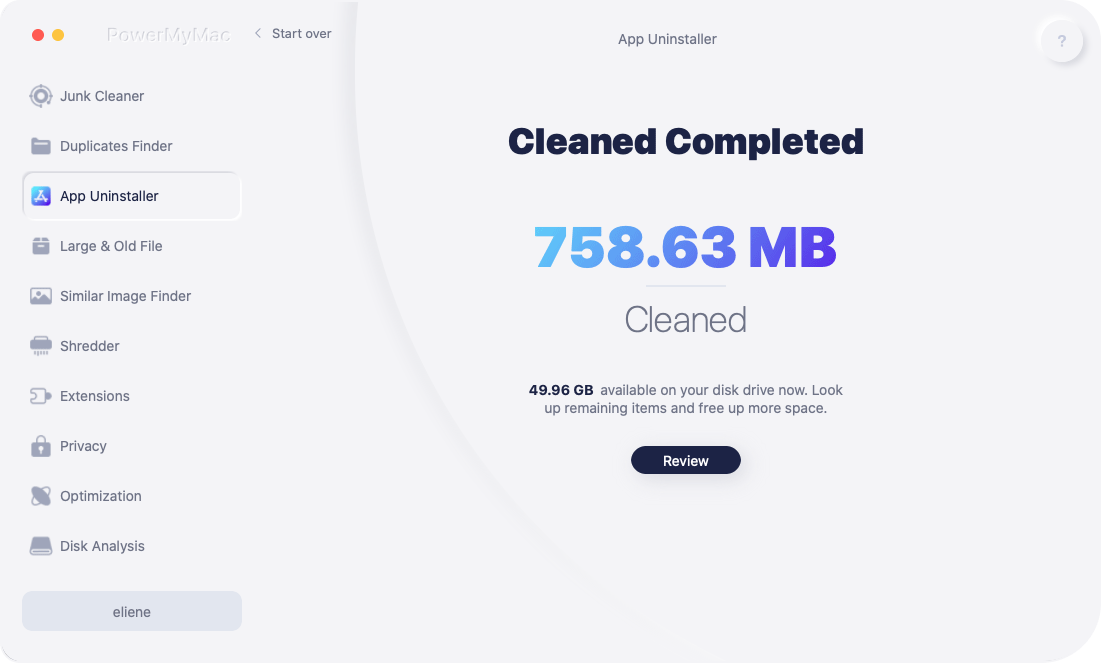Using the freeware program Q Emulator, Mac users may utilize Windows programs and operating systems on their own Mac computers. It may be used to run Windows-only programs or video games on a Mac, among other things. In circumstances, a user may wish to uninstall Q Emulator from Mac from the system. For instance, if they are no longer required to utilize Windows-based applications or if the program is malfunctioning.
After that, the post would go on to provide detailed directions on how to uninstall Q Emulator from your Mac, covering any further procedures that may be required, such as removing related files and directories. Ready to free up some storage space on your Mac? Let's dive in!
Contents: Part 1. What Are the Uses of Q emulatorPart 2. How to Remove the Q emulator from My Mac?Part 3. How Can I Totally Uninstall the Q emulator from Mac?Part 4. Conclusion
Part 1. What Are the Uses of Q emulator
A software program called Q emulation enables users to run many operating systems, even Windows, onto their Mac computers. It is a virtual tool that builds a simulated machine, which functions as a standalone computer system within the host's operating system.
Mac users don't need to install another Windows operating system in order to install and utilize Windows-based programs, games, and apps on their computers, thanks to Q emulation. This is especially helpful for folks who would rather use a Mac for personal computing but must use Windows-based applications for business or other needs.
Part 2. How to Remove the Q emulator from My Mac?
You may manually carry out the following procedures to completely uninstall Q Emulator from Mac on your device:
- Use Activity Monitor to end the Q emulator activity or processes.
You should close this program and all of its processes before uninstalling the Q emulator. If Q emulator freezes, you may force-quit it by pressing Cmd + Opt + Esc, choosing it from the pop-up menu, and clicking Force Quit.
Select All Processes from menu that appears at the very top of the window to access Activity Monitor in Launchpad's Utilities folder. Select the Q emulator-related process(es) from the list, click the Quit Process symbol in the window's left corner, and then click Quit.
- Remove the Q emulator program from the Trash.
To begin, make sure you are logged onto your Mac using an administrator account; otherwise, when you attempt to remove anything, you will be prompted for a password.
To start the uninstalling process, enter the Applications directory in the Finder, type the name of the Q emulator program into the search bar, then click and drag it into the Trash. As an alternative, you may alternatively select the Q emulator icon or folder, press Cmd + Del, or choose File and Move to Trash from the menu.
For programs that you've downloaded from the App Store, go to the Launchpad, do a search for the program, click and hold it with your mouse button until the icon wiggles and displays an "X" in the top left-hand corner. In the confirmation dialog, click Delete after clicking the "X."
- Remove any Q emulator-related files from the Finder.
Although the Q emulator has been removed from the Trash, any remaining files, logs, caches, or other stray data may continue to exist on the hard drive. You may manually locate and eliminate all components connected to the Q emulator for thorough uninstallation. Spotlight may be used to look up the names that matter. While support files are located in "~/Library/Application Support/" or "/Library/Application Support/," the preference files for Q emulator can be noticed in the Preferences folder within your user's library folder (~/Library/Preferences) or the system-wide Library at the root of the system volume (/Library/Preferences/).
Open the Finder, and pick the entry:| from the "Go" option in the option Bar. Enter the location of the Application Support directory after choosing Folder...:~/Library
Look through the ~/Library/Preferences, ~/Library/Application Support, and ~/Library/Caches directories for any files or folders that include the program's name or the developer's name. To remove certain objects, do right-click on them and choose Move to Trash.
In the meanwhile, look for the following places to remove related items:
- /Library/Preferences/
- /Library/Application Support/
- /Library/Caches/
- To completely delete the Q emulator, empty the Trash.
The final thing you need to do is empty Trash if you want to permanently uninstall Q Emulator from Mac. You may either choose Empty Trash from the Finder menu or by performing right-click on the trash can on the dock and selecting that option. Restart your Mac if you are unable to clear the Trash.
Part 3. How Can I Totally Uninstall the Q emulator from Mac?
Do you need a prompt and complete removal? Why not uninstall Q Emulator from Mac with a specific uninstaller? Despite how simple it is to delete programs from a Mac, multiple little, pointless files are still produced. If you remove this debris using iMyMac PowerMyMac, your Mac won't get clogged with needless items. PowerMyMac is a comprehensive utility tool that offers a wide range of features, including an uninstaller module that can help you remove applications and their associated files completely.
- Smart Cleaner: Quickly removes system junk, cache files, and temporary data to reclaim valuable disk space.
- App Uninstaller: Completely removes unwanted apps and their leftover files.
- Duplicate Finder: Locates and deletes duplicate files eating up your storage.
- File Shredder: Securely deletes sensitive files beyond recovery.
- Privacy Protection: Erases browsing history, cookies, and app traces to protect your data.
- Performance Monitor: Keeps tabs on your CPU, memory, and storage usage in real time.
Here's how you can use PowerMyMac to uninstall Q Emulator from Mac and remove files left after uninstalling automatically:
- Click SCAN to search for any previously downloaded apps on your computer. Select App Uninstaller next.
- On the left side of the screen are the categories Selected, Unused, Leftovers, and All Apps. Every app will be shown on the right side of the All Apps menu. To locate the program you don't want, use the list or the search bar in the upper right corner.
- Click the Unfold symbol to go through any relevant files and the Search button to find out more after choosing the program you wish to delete. Select CLEAN to eliminate both the apps and the associated files.
- In a pop-up window labeled "Cleaned Completed," you can see how much disk space is now free as well as how many files have been cleaned up. Simply choose Review if you wish to delete any other apps. After then, look at the results page once again.

Part 4. Conclusion
In conclusion, if you follow the appropriate methods, removing Q Emulator from a Mac computer may be simple. If you need to uninstall Q Emulator from Mac and its related files from your Mac, you may do it by following the step-by-step instructions, whether you no longer need Windows-based applications or are having problems with the program.



